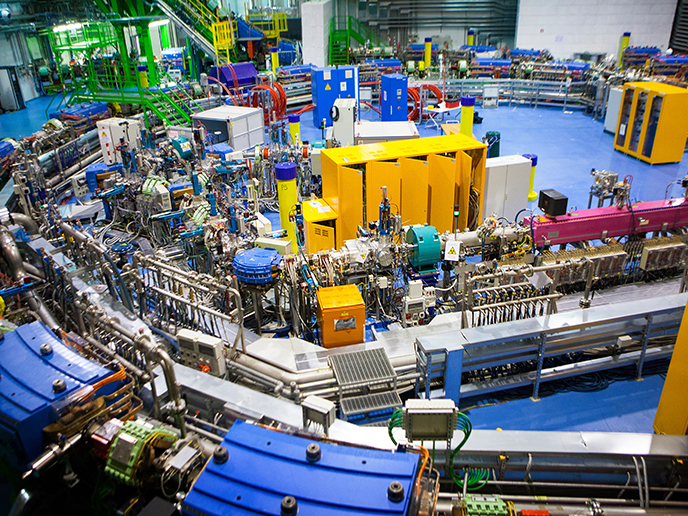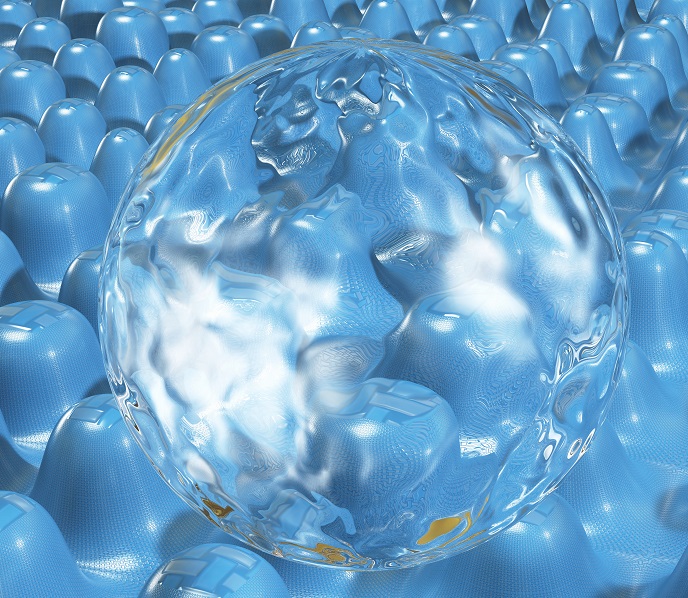Honey, I shrunk the particle accelerator: towards smaller, more efficient colliders
The 27 km Large Hadron Collider at the European Organisation for Nuclear Research (CERN) has made a string of discoveries since it powered up, most notably the discovery of the Higgs boson. But further advances will prove challenging with present accelerator technology. “Larger and more powerful accelerators could certainly be built, but their cost, energy consumption and environmental impact raise concerns about their long-term sustainability,” says Maurizio Vretenar, project coordinator of the EU-funded ARIES project. “Also, only 5 % of all accelerators worldwide are used to scientifically analyse particles. Most are used by medicine and industry for activities such as cancer therapy, medical imaging or equipment and food sterilisation.” ARIES has explored a range of innovative technologies that could lead to next-generation accelerators able to meet growing demand for improved performance, reliability, cost and design. “These are very exciting developments because accelerators that deliver high energies with a small physical footprint could open up research and applications only currently possible at large-scale facilities,” remarks Vretenar.
Accelerating innovation
ARIES, a consortium of 42 members from academia and industry across 18 European countries, focused on innovations most likely to reduce the energy requirements, size and environmental impact of future accelerators. “We researched a range of technologies including superconducting magnets, superconducting coatings, new materials, laser- and plasma-based acceleration,” adds Vretenar, an accelerator physicist at CERN, the project host. The team’s research into high-temperature superconducting magnets led to sophisticated multilayer tapes which were used to make coils for large magnets. The result was more powerful magnetic fields carrying more current that can bend particles on a smaller radius, offering the prospect of smaller, more efficient accelerators. “What we achieved was record-breaking. After producing 413 metres of tape, we tested a proportion at low temperatures and reached record electrical current densities,” explains Vretenar. “Being able to deliver such high energies in a compact device really would open up exciting opportunities.” ARIES’s results have already enabled the EuPRAXIA collaboration to launch the final design and construction plan for the first-ever operational particle accelerator based on plasma acceleration, at the National Laboratory of Frascati near Rome, Italy. Plasma will be modulated by a drive beam that generates extremely high electric fields. Inside, electrons can be accelerated to high energies over 1 000th the distance required by conventional radio frequency accelerators.
Novel environmental benefits
The team also identified, developed and tested new accelerator applications that could benefit the environment, such as cleaning municipal waste water. The team developed a new accelerator-based system for removing sulphur, nitrogen and particulates from the exhaust of diesel ship engines. With maritime traffic one of the main contributors to pollution worldwide, the system could be retrofitted in old container ships and tankers. “I’ll never forget the look on the face of a ship’s captain at Riga shipyard when we connected the ship’s funnel to our particle accelerator. He was proud that his old rusty tugboat was part of a high-tech experiment,” notes Vretenar. ARIES has already helped spotlight new technologies, such as the plasma-based EuPRAXIA initiative, for the European Strategy Forum on Research Infrastructures, which includes several accelerator-based projects. The team has also started a new EU-funded project, I.FAST, to speed up the transfer of accelerator technologies to industry.
Keywords
ARIES, particle, accelerator, electron, plasma, magnet, electric field, CERN, atoms, energy







